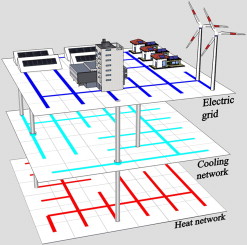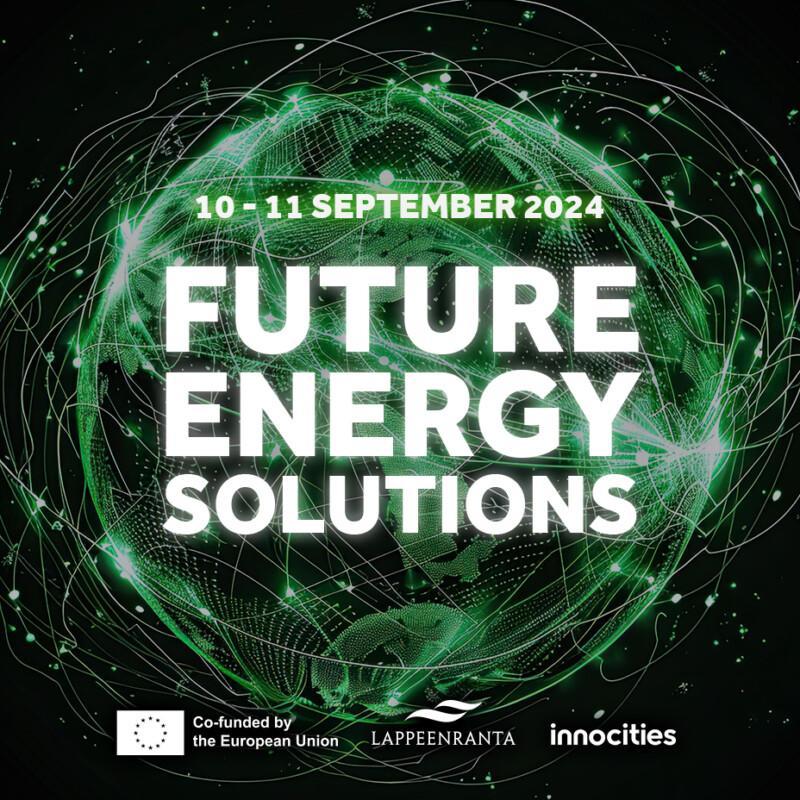
Harnessing Waste: New Breakthrough in Energy Generation Using Recycled Polystyrene
In an era where sustainability is more crucial than ever, scientists have discovered an innovative method to generate electricity using waste polystyrene materials. This groundbreaking technology transforms a well-known pollutant into a potential powerhouse of energy production, effectively changing the narrative around single-use plastics.
From Landfill to Lifeline
Polystyrene has long been criticized for its environmental impact, with millions of tons produced annually. In fact, over 27 million tons of single-use polystyrene packaging are created each year, with a mere 12 percent undergoing recycling, resulting in a significant amount ending up in landfills. However, a team of researchers from RMIT University and Riga Technical University has found a way to repurpose this waste into a sustainable power source.
The breakthrough involves creating thin patches of polystyrene layers that are just one-tenth the thickness of a human hair. These patches can harness static electricity from natural motions, particularly airflows. As lead researcher Dr. Peter Sherrell explained:
“These patches can generate static electricity simply from wind or air blowing across their surface.”
This method opens exciting new avenues for energy generation, combining eco-friendliness with practicality.
 Innovative energy-generating technology utilizing recycled polystyrene.
Innovative energy-generating technology utilizing recycled polystyrene.
In preliminary tests, the patches have successfully captured airflow from air conditioning units, showing a potential reduction in energy consumption by 5 percent. Furthermore, these devices can reach voltages as high as 230 volts, comparable to household electricity. This advancement could empower small devices or contribute to localized energy needs, which is a significant step towards decentralized energy production.
Durability Meets Sustainability
One of the most striking features of these energy-generating patches is their durability. The same properties that have made polystyrene a headache for landfill operators now serve as an advantage. Dr. Sherrell points out that the longevity of the material allows for extended electricity generation periods without rapid degradation. This durability transforms these patches into a consistent and reliable source of power.
Moreover, the versatility of this technology extends beyond conventional settings. Imagine high-traffic zones like busy pedestrian walkways or urban hubs where the constant movement of the populace can be converted into usable energy. The possibilities are vast; larger movements yield more power, while even minor airflows from passing individuals can contribute to local energy supplies without adding pressure to the existing grid.
 Urban areas hold untapped potential for energy generation using motion.
Urban areas hold untapped potential for energy generation using motion.
Cultivating Future Innovations
This research is part of a larger exploration into triboelectric nanogenerators, devices that convert mechanical motion into electrical energy. RMIT University’s team is investigating various plastics’ optimization for energy generation, examining how modifications in texture and structure can affect output. By tweaking the material’s physical attributes, such as making it rough or smooth, they aim to maximize the static electricity produced.
As this project advances, it has garnered attention within the scientific community and beyond. Published in Advanced Energy and Sustainability Research, this findings could pave the way towards commercialization, making it vital for RMIT to seek industry partnerships to bring this innovative technology to real-world applications.
 Imagining a future powered by innovative energy solutions.
Imagining a future powered by innovative energy solutions.
Creating a path from plastic pollution to energy provision encapsulates a significant shift in our approach to waste. Instead of disposing of polystyrene and allowing it to contribute to our environmental troubles, we can now envisage a future where it fuels our devices and supports our daily lives.
Conclusion
The transition from waste to energy signifies more than just an advancement in technology; it represents a fundamental change in how we view and use resources. With innovations such as these, we can not only tackle the issue of plastic waste but also explore new frontiers in energy sustainability. This research serves as a powerful reminder of the untapped potential that lies within our waste streams, and the paths we might forge in our ongoing quest for cleaner, greener energy sources.














